This morning, November 24, on behalf of the Prime Minister, Minister of Health Dao Hong Lan presented the Government's proposal on the investment policy of the National Target Program on health care, population and development for the 2026-2035 period.
Priority given to disadvantaged areas
The beneficiaries of the program are all Vietnamese people, with priority given to the following: People living in difficult areas, mountainous areas, border areas, islands; disadvantaged people; mothers, children; adolescents; couples, individuals of childbearing age; people with revolutionary contributions; the elderly; migrants, workers in industrial zones.
Accordingly, the total capital for the 2026-2035 period is 125,478 billion VND. Of which, the total capital for implementing the program for the 2026-2030 period is 88,635 billion VND, including the central budget capital of 68,000 billion VND, the local budget capital of 20,041 billion VND, and other legally mobilized capital of 594 billion VND.
Total capital for the 2031-2035 period is expected to be 36,843 billion VND.
The general objective of the program is to improve the physical and mental health, stature, longevity and quality of life of the people; ensure that all people are managed and provided with quality primary health care; people proactively take care of themselves and improve their health; limit diseases, prevent diseases early, remotely, right at the grassroots level; solve priority population issues, proactively adapt to aging, improve population quality; strengthen care for vulnerable groups, contributing to building a healthy and prosperous Vietnam in the new era.
The program sets a specific target of increasing the rate of communes, wards and special zones meeting the National Criteria on Commune Health to 90% by 2030 and 95% by 2035. The rate of people with electronic health records and life-cycle health management will reach 100% by 2030 and be maintained until 2035.
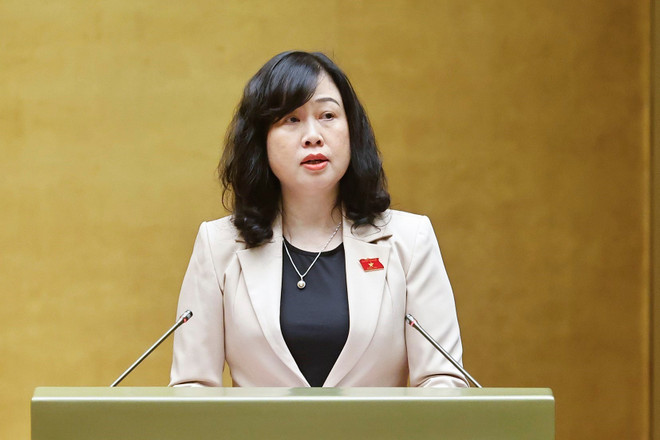
The rate of disease control centers (CDC) in provinces and cities with capacity to test for agents, antigens, and antibodies of dangerous infectious diseases, clean water quality, and school hygiene by 2030 will reach 100%.
The rate of commune, ward and special zone health stations nationwide implementing prevention, management and treatment of a number of non-communicable diseases in full accordance with the guided process will reach 100% by 2030 and be maintained until 2035.
The rate of stunting in children under 5 years old will decrease to below 15% by 2030 and to below 13% by 2035.
The rate of people having access to at least one official mass media channel on primary health care, disease prevention, and health promotion will reach 50% by 2030 and 80% by 2035.
Crude birth rate by 2030 will increase by 0.5‰ compared to 2025 and by 2035 will increase by 0.5‰ compared to 2030.
The sex ratio at birth will fall below 109 boys per 100 live births by 2030 and below 107 boys per 100 live births by 2035.
The rate of male and female couples receiving pre-marital health consultation and examination will reach 90% by 2030 and 95% by 2035; 70% of pregnant women will be screened for at least 4 of the most common congenital diseases by 2030 and 90% by 2035; 90% of newborns will be screened for at least 5 of the most common congenital diseases by 2030 and 95% by 2035.
The number of disadvantaged and vulnerable people accessing and using services at social care facilities will increase by 70% by 2030 compared to 2025 and by 2035 by 90% compared to 2030.
The program is divided into 5 component projects: project to improve the capacity of the grassroots health network; project to improve the effectiveness of the disease prevention and health promotion system; project to improve the quality of social care for the disadvantaged; project to communicate health, manage, monitor and supervise program implementation.
Consider capital sources
According to the inspection report of the National Assembly 's Committee on Culture and Society, the Committee agreed on the need to develop a program to institutionalize the Party's policy to improve the quality of people's health care and effectively carry out population and development work.
The Committee recommends that the Government continue to review the Program with the National Target Programs being considered and approved by the National Assembly for investment policies to ensure no duplication of activities or overlapping of tasks.
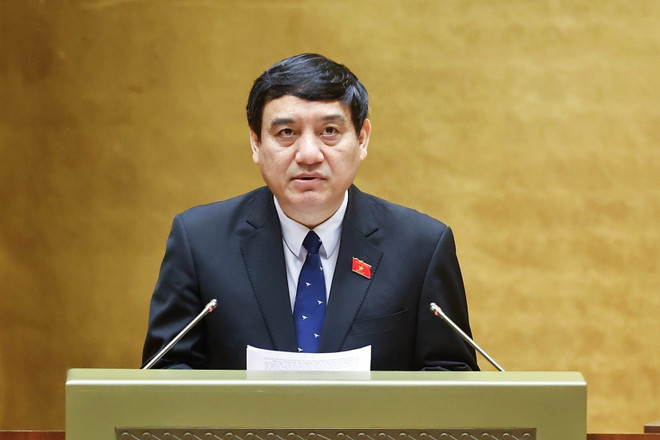
Specifically, regarding beneficiaries, the Committee recommends that the drafting committee study and add priority beneficiaries such as people with disabilities.
Regarding the total capital for implementing the program, the Committee recommends that the Government clearly identify the capital source, ensure the allocation of sufficient minimum capital; ensure a reasonable capital balance in implementing the two important goals of the Program: health care and population and development (the investment level for population and development contents is expected to account for only 15.5% of the total investment level for the period 2026-2030); closely assess the ability to mobilize local budget capital and calculate and propose a local budget capital allocation level more appropriate to the practical situation, especially for localities with difficulties in allocating counterpart capital.
The Committee also proposed to continue evaluating and finding solutions to mobilize socialized resources, reduce pressure on the state budget, institutionalize the requirements of Conclusion No. 149 and Resolution No. 72 of the Politburo; review and not allocate capital for activities in sub-projects that have been secured by regular funding sources.
In addition, the drafting committee needs to continue reviewing the general objectives, specific objectives, and activities of each sub-project to ensure consistency and logic according to the principle of results-based management, facilitating the inspection, monitoring and evaluation of the socio-economic efficiency of the Program. Specific objectives need to be developed and specified on the basis of general objectives, with specific indicators to ensure the evaluation of the results of implementing the general objectives of the Program.
The drafting committee also needs to review solutions, determine resources and implementation progress to ensure the achievement of goals; solutions must be linked to the goals and targets of each project and sub-project; request clarification of the basis for proposals, development of a number of goals, feasibility and solutions to implement a number of goals; clarify the content of a number of targets stated in the Verification Report.
The review committee also recommended reviewing and selecting core and important contents to avoid spreading and wasting resources. The objectives, tasks and solutions of the sub-projects must ensure consistency between general objectives, specific objectives and operational contents, with specific indicators that are easy to check and evaluate implementation results./.
Source: https://www.vietnamplus.vn/chinh-phu-de-xuat-chi-hon-125000-ty-dong-cham-soc-suc-khoe-dan-so-post1079097.vnp








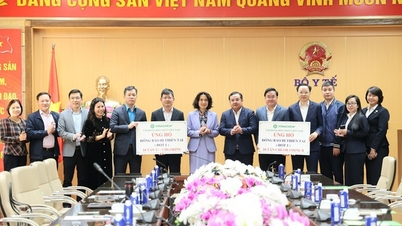














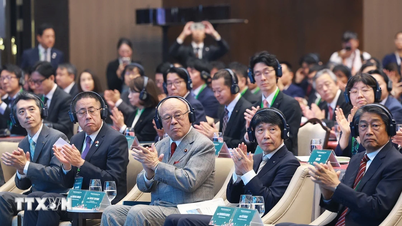














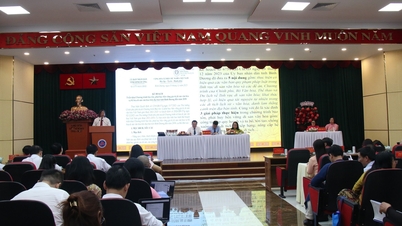



















![[Answer] Should I install an elevator for an old renovated house?](https://vphoto.vietnam.vn/thumb/402x226/vietnam/resource/IMAGE/2025/11/25/1764039191595_co-nen-lap-thang-may-cho-nha-cai-tao-cu-khong-04.jpeg)




















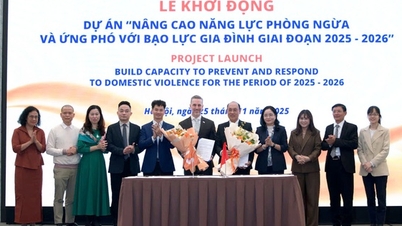



























Comment (0)